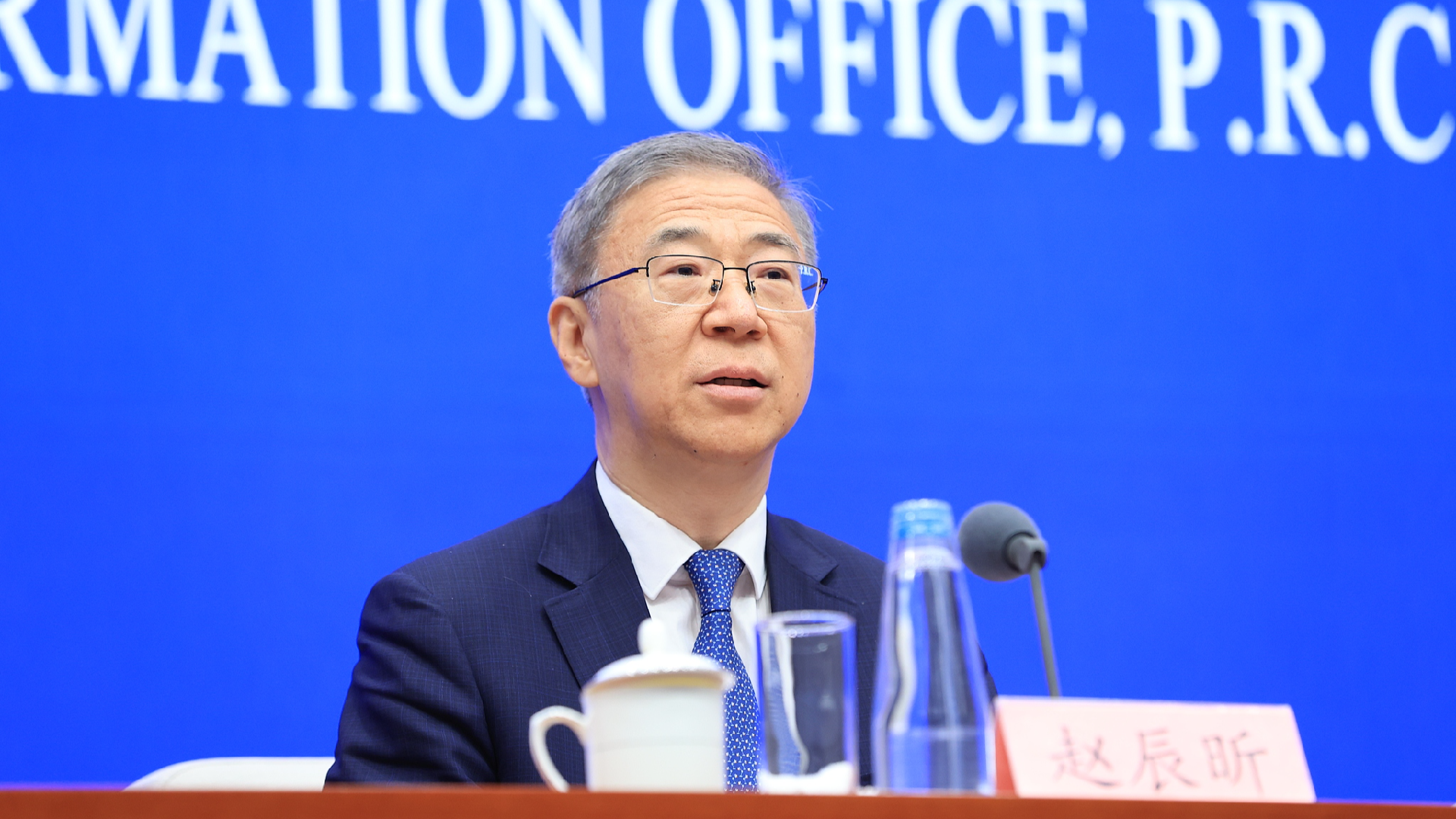Successes and Consequences: 15 Years of 'Three Direct Links'
This article explores the achievements and implications of 15 years of the 'three direct links' policy. It delves into the significant developments resulting from these links and their impact on various aspects, offering insights into the successes and challenges faced over this period.

In 1979, the Chinese mainland released the "Message to Compatriots in Taiwan," which expressed a heartfelt wish for peaceful reunification, marking the first time it encouraged direct interactions and exchanges across the Taiwan Straits. Thanks to persistent efforts by the mainland, on August 31, 2009, the two sides formally established comprehensive, direct two-way connections for "flights, shipping, and postal services". Covering a span of 15 years, these "three direct links" have significantly facilitated the movement of people, goods, and capital across the Straits, thereby boosting their mutual interests, particularly benefiting those in the Taiwan region.
These developments have dramatically eased personal travel across the Taiwan Straits, enlarging the scope of social interactions. Though belonging to one nation and sharing a common market, significant hurdles previously hindered such exchanges. Direct flights now connect the Chinese mainland and Taiwan directly, leading to increased and diversified cross-Straits interactions. This connectivity has transformed the straits into a conduit of movement. For instance, in 2015, mainland visitors to Taiwan accounted for 40 percent of all inbound tourists, contributing 210 billion NT dollars to the economy and supporting around 220,000 jobs in associated sectors. However, recent restrictions by Taiwan’s authorities on mainland tourists have contributed to a record tourism deficit of 443.6 billion NT dollars in 2023.
Furthermore, the establishment of a cross-Straits information network has brought individuals closer. The start of cross-Straits postal services in 2009 meant that stamps depicting nostalgic scenes quickly became a symbol of renewed connections. By 2014, cross-Straits mail and parcel volumes had skyrocketed, and by 2019, correspondence had exceeded 100 million letters with parcel numbers topping 5 million. In today's digital age, these traditional forms of communication are being supplemented by electronic interactions facilitated by a submarine telecommunications cable, which supports activities such as online shopping, social media engagement, and streaming mainland dramas, integrating them into the daily lives of Taiwan’s citizens.
Additionally, the "three direct links" have significantly reduced transaction costs and barriers for cross-Straits economic activities, boosting Taiwan's economic prospects. In the year following their initiation, bilateral trade jumped by 40 billion U.S. dollars, with the mainland’s imports from Taiwan growing remarkably. By 2022, the trade volume had tripled from 2009 levels, making the mainland the largest market for Taiwan’s exports, a key source of imports, and a major investment destination. This economic engagement has particularly benefited Taiwan’s high-tech sectors like semiconductors and panels, as well as traditional sectors like chemicals and machinery, bolstering the region's economic stability and societal benefits.
Looking ahead, the progression from the "direct three links" to the "new four links" aims at enhancing economic and trade cooperation, infrastructure connectivity, resource sharing, and standardized industry practices. These initiatives are poised to strengthen the socio-economic framework across the Straits, fostering deeper integration and setting a foundation for the peaceful, stable, and unified future of the nation.
Navid Kalantari for TROIB News
Discover more Science and Technology news updates in TROIB Sci-Tech












